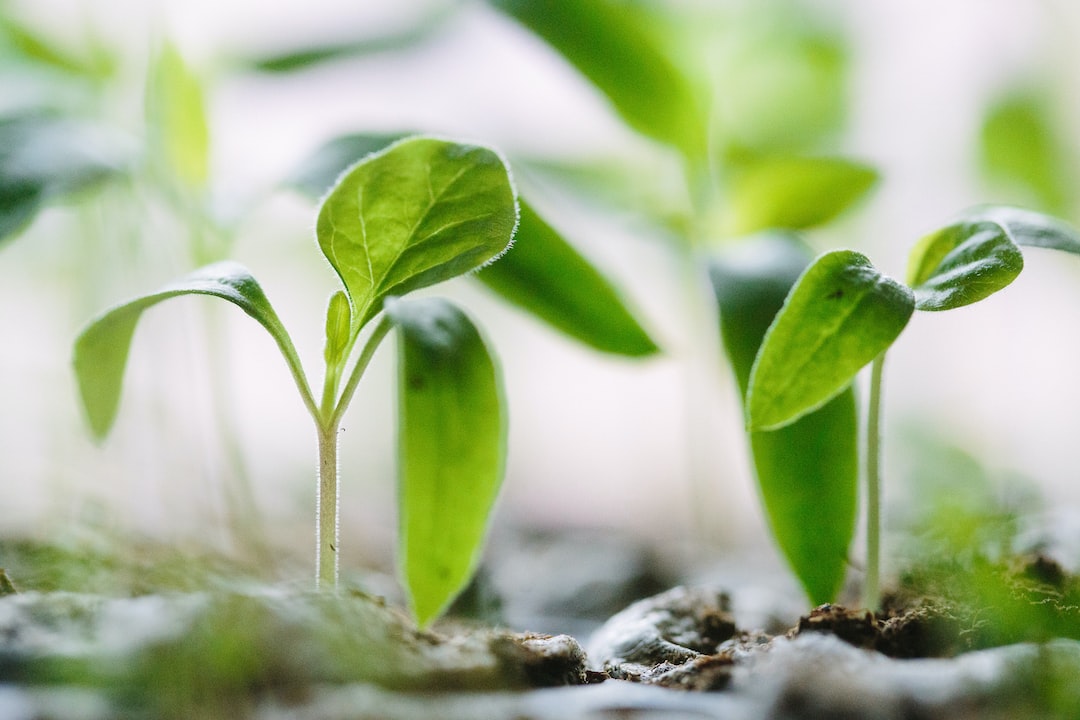Growing Fruits in Your Backyard: A Guide to Fruit Trees and Bushes
There’s something incredibly rewarding about slicing into a juicy, perfectly ripe fruit that you’ve grown in your own backyard. With their vibrant colors, delightful flavors, and various health benefits, fruits are a staple in our diets. However, buying them from grocery stores often means sacrificing taste and freshness. Fortunately, you can remedy this by growing your own fruit trees and bushes right in your backyard. Not only will it enhance the aesthetics of your garden, but it will also provide you with a source of organic, delicious fruits that you can enjoy all year round.
Before you embark on your fruit-growing journey, it’s essential to consider certain factors. Firstly, you need to determine which fruits are best suited for your climate and growing conditions. While some fruits like apples, pears, and peaches thrive in cooler climates, others like citrus fruits, berries, and figs prefer warmer regions. Research the specific requirements of the fruits you wish to grow to ensure they will flourish in your backyard.
The next important aspect to consider is the available space in your backyard. Depending on the size of your garden, you will need to select trees and bushes accordingly. If you have limited space, consider planting dwarf varieties or trellis-trained fruit trees. These not only take up less space but are also easier to maintain and harvest. On the other hand, if you have ample space, you can go for standard-sized trees or create a small orchard.
Once you’ve determined the fruits you can grow and the space available, it’s time to start planting. Most fruit trees and bushes require well-drained soil with a pH level of around 6 to 7. If your soil is too acidic, you can add lime to raise the pH level, or if it’s too alkaline, sulfur can help lower it. It’s also crucial to prepare the soil properly by adding organic matter such as compost or well-rotted manure, which will improve its fertility and drainage.
When it comes to planting fruit trees, it’s essential to dig a hole that is wide and deep enough to accommodate the roots. Make sure not to bury the graft union, which is the swollen area where the scion meets the rootstock. Plant the tree at the same depth as it was in the nursery pot and water it thoroughly to settle the soil. Mulching around the base will help retain moisture and prevent weed growth.
For fruit bushes, such as berries and currants, it’s important to space them adequately to allow air circulation and prevent the spread of diseases. Mulching is also beneficial for bushes as it helps retain moisture and suppress weeds.
After planting, proper care is crucial to ensure healthy fruit production. Water your plants regularly, especially during hot, dry periods. However, avoid over-watering as it can lead to root rot. Pruning is also an essential part of fruit tree and bush maintenance. Prune during the dormant season to remove dead or diseased branches and encourage new growth. Additionally, applying organic fertilizers at specific times during the growing season can ensure optimal plant health.
While growing fruit trees and bushes may require some effort and patience, the rewards are undoubtedly worth it. Not only will you have a bountiful supply of fresh, flavorsome fruits, but you will also experience the joy of connecting with nature and the satisfaction of self-sustainability.
So, why not give it a try? Spend some time researching the best fruit varieties for your region, prepare the soil, plant your trees and bushes, and enjoy watching them thrive. In no time, you’ll be harvesting a delicious assortment of fruits right from your very own backyard. Happy growing!
